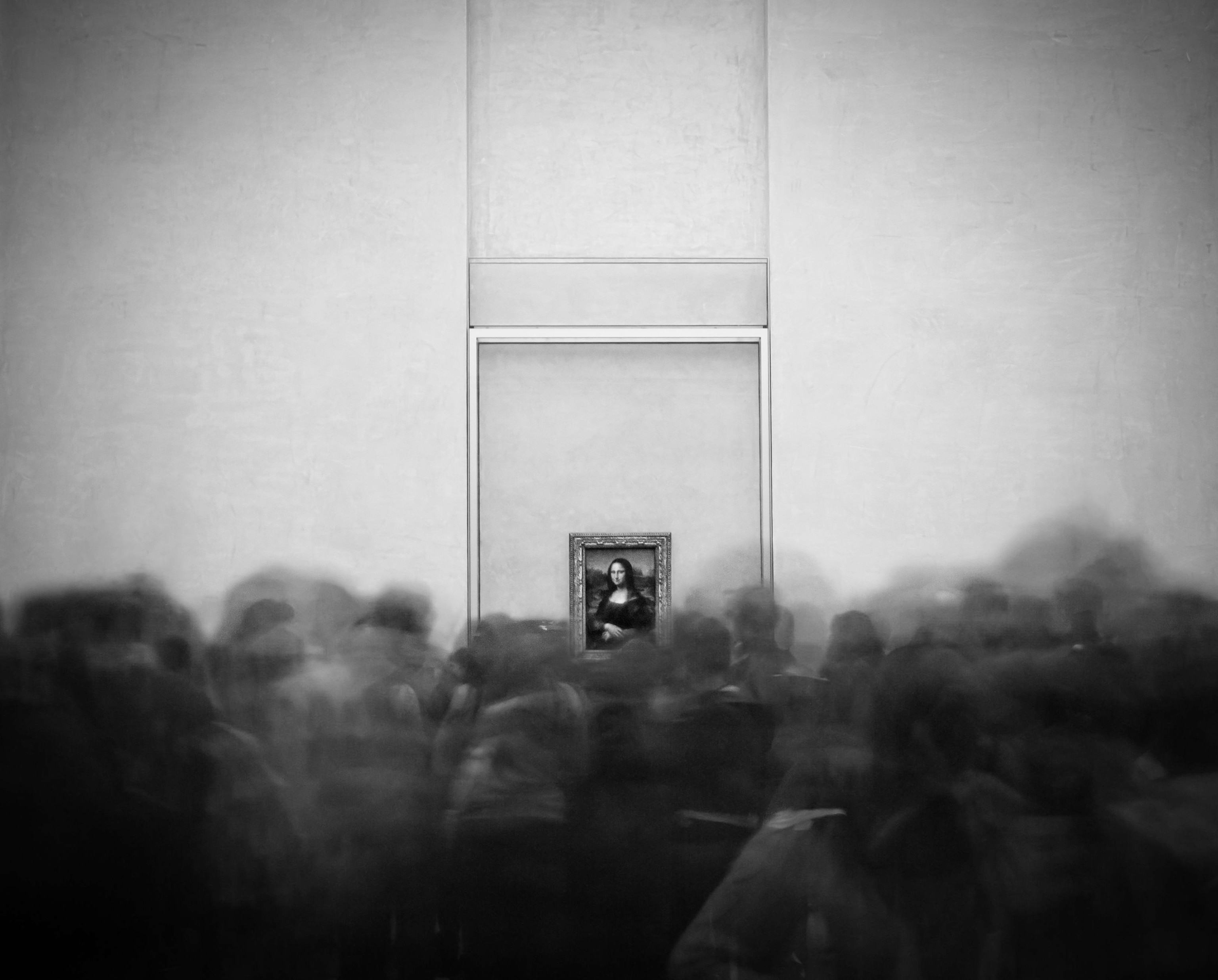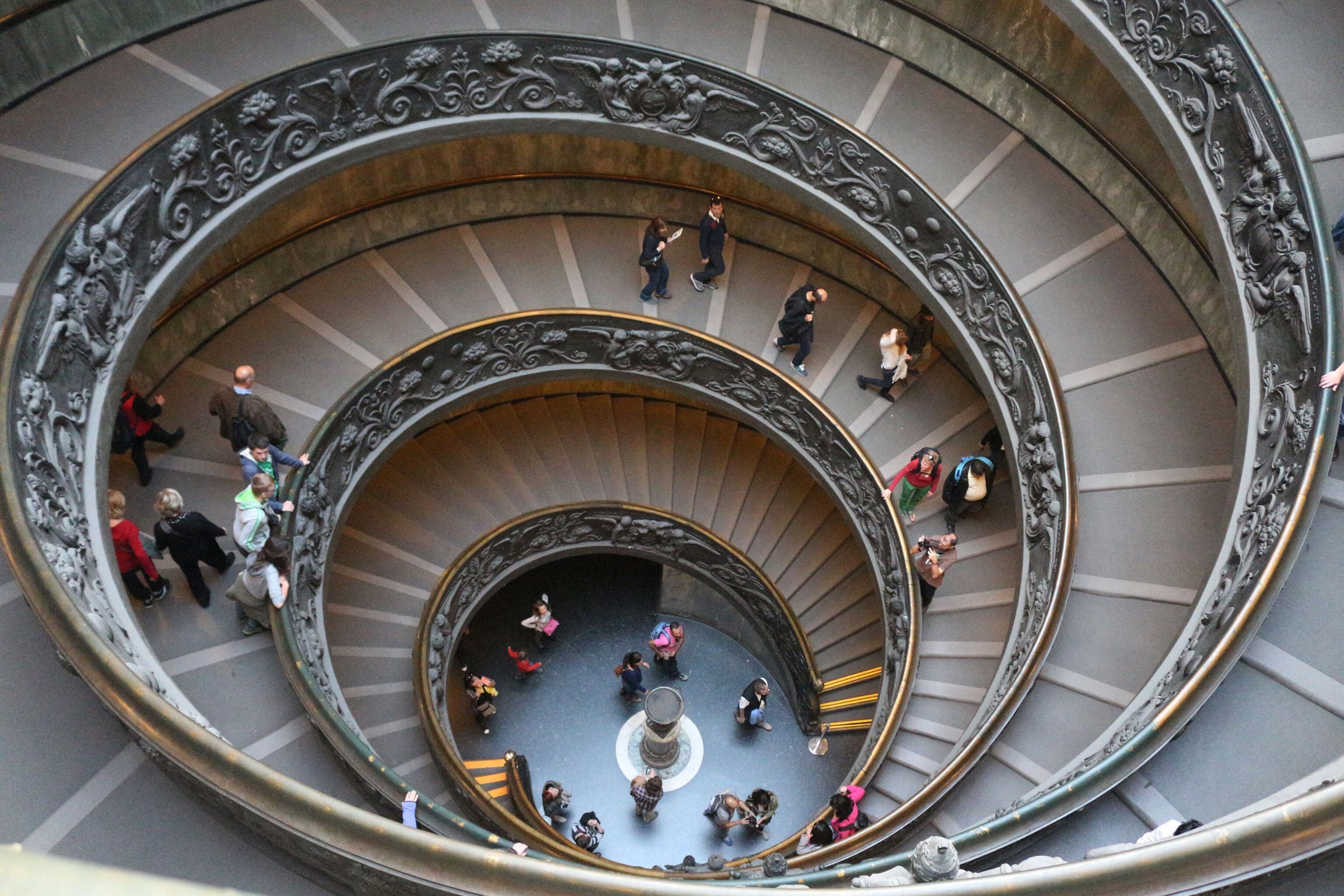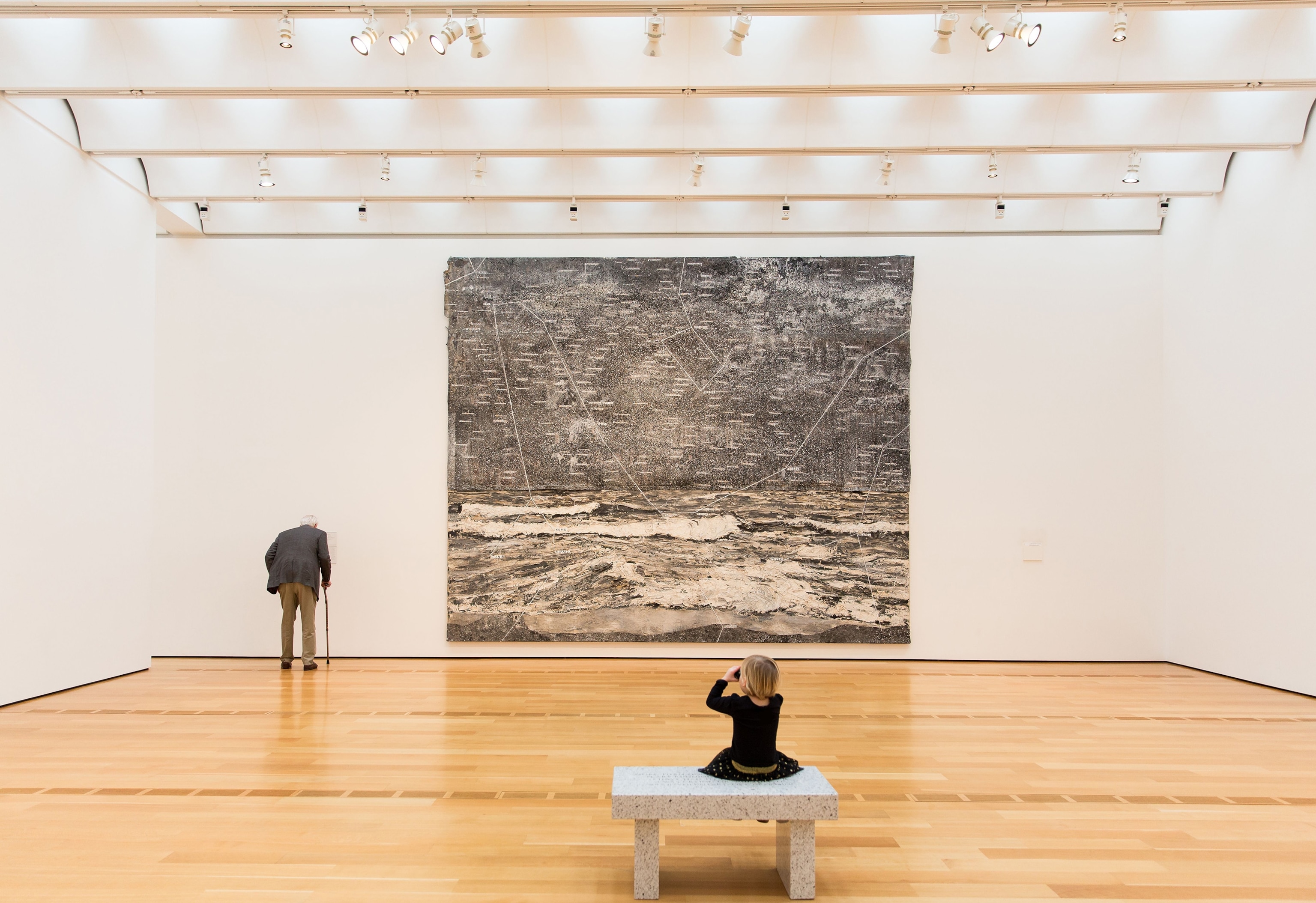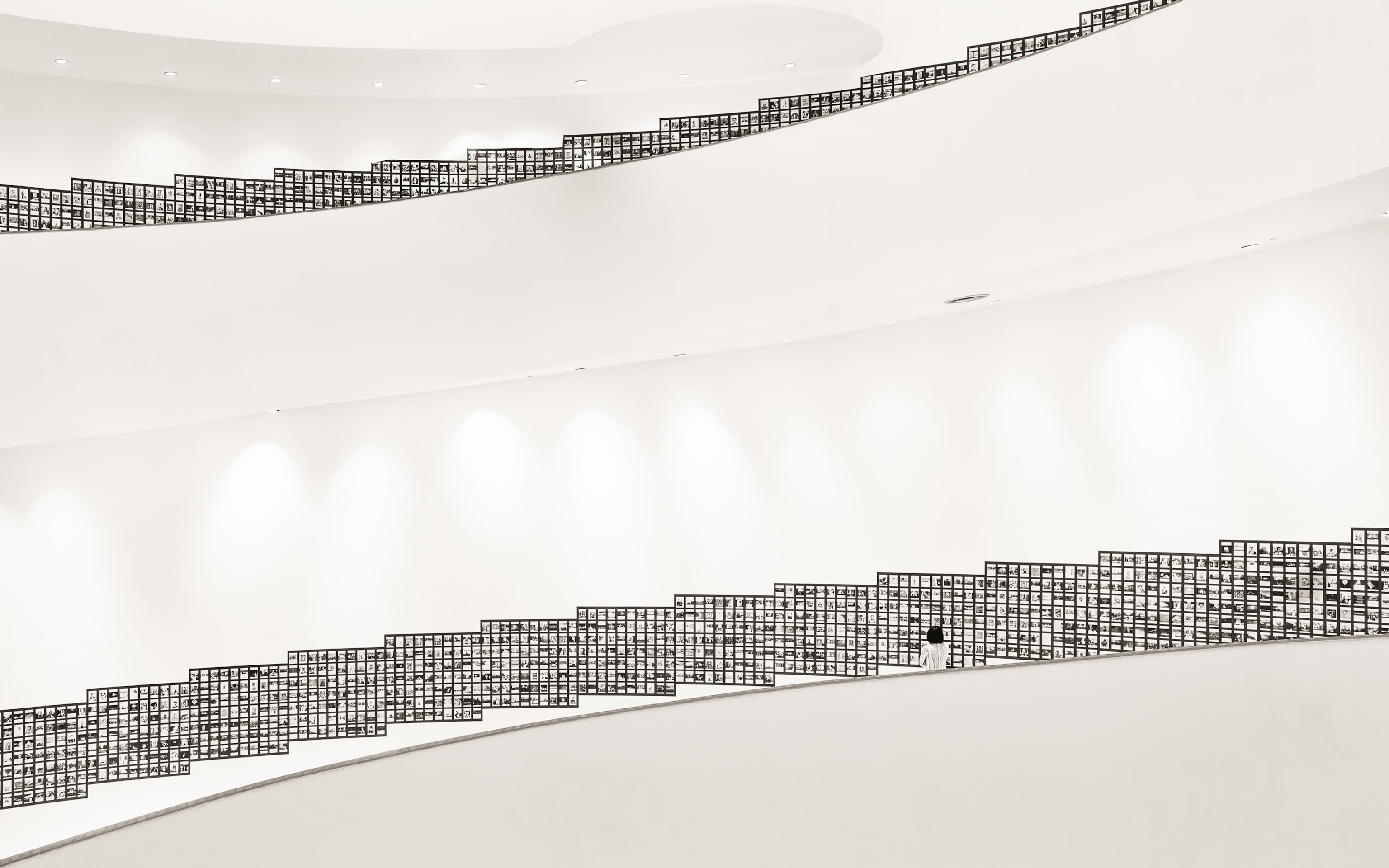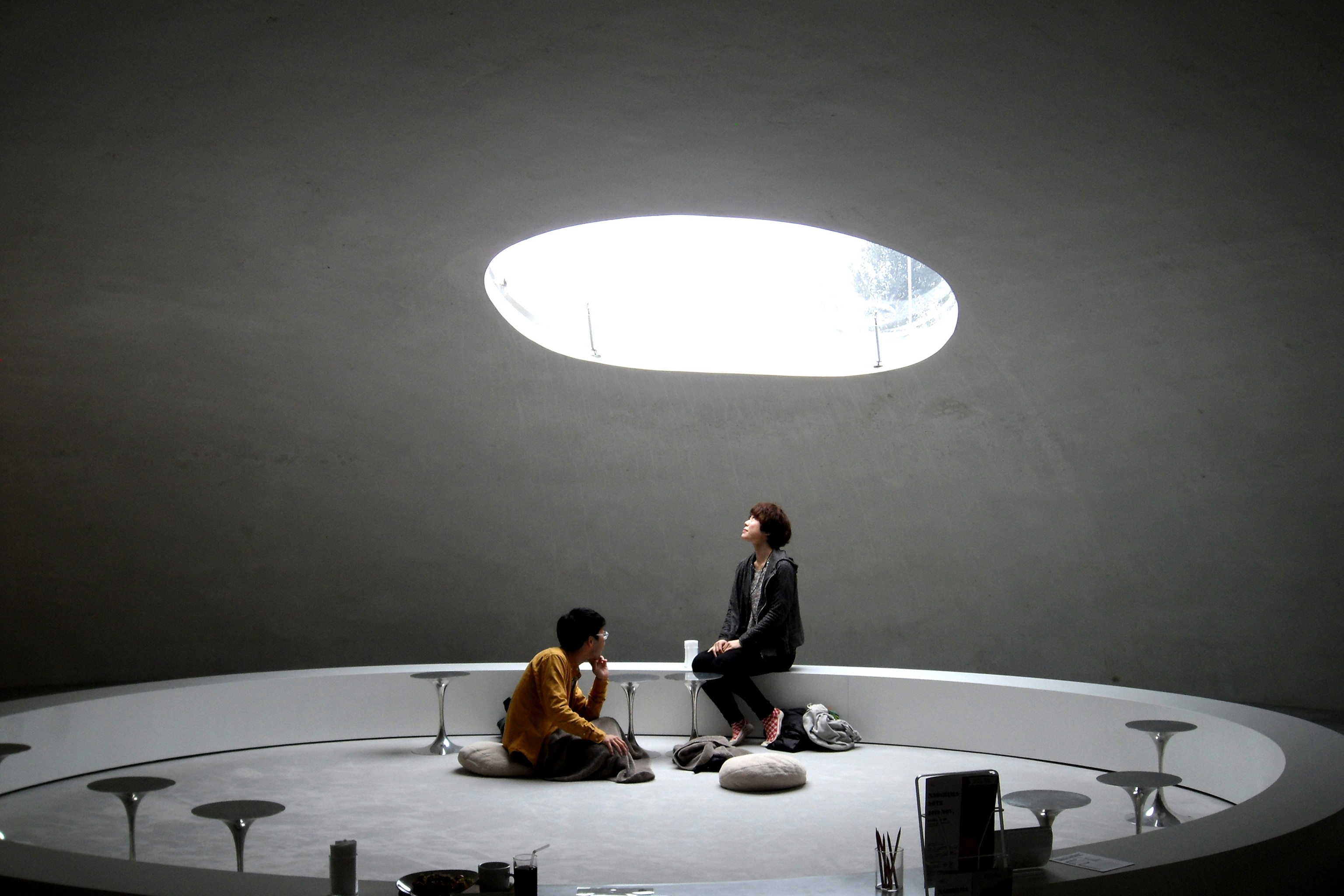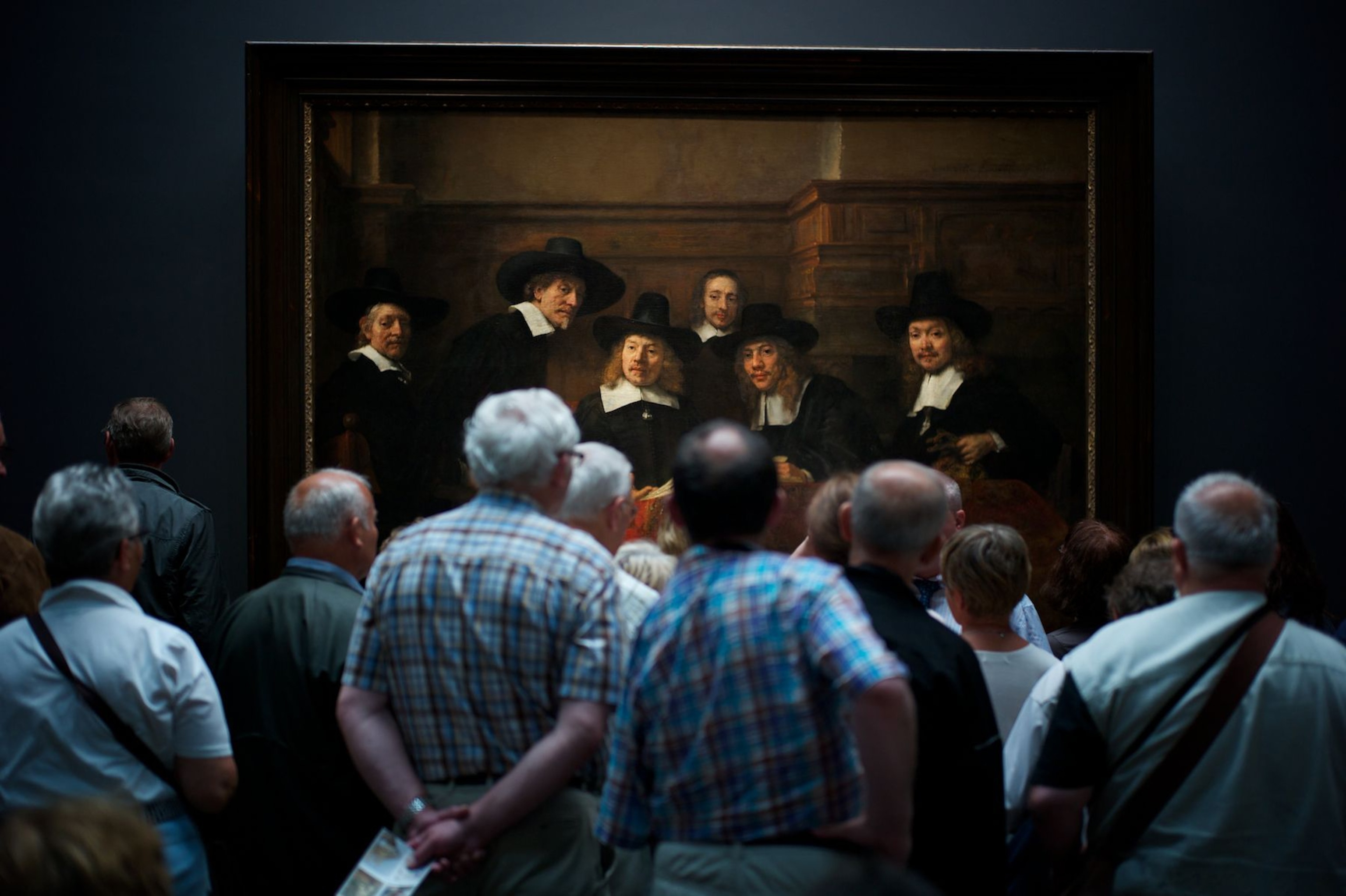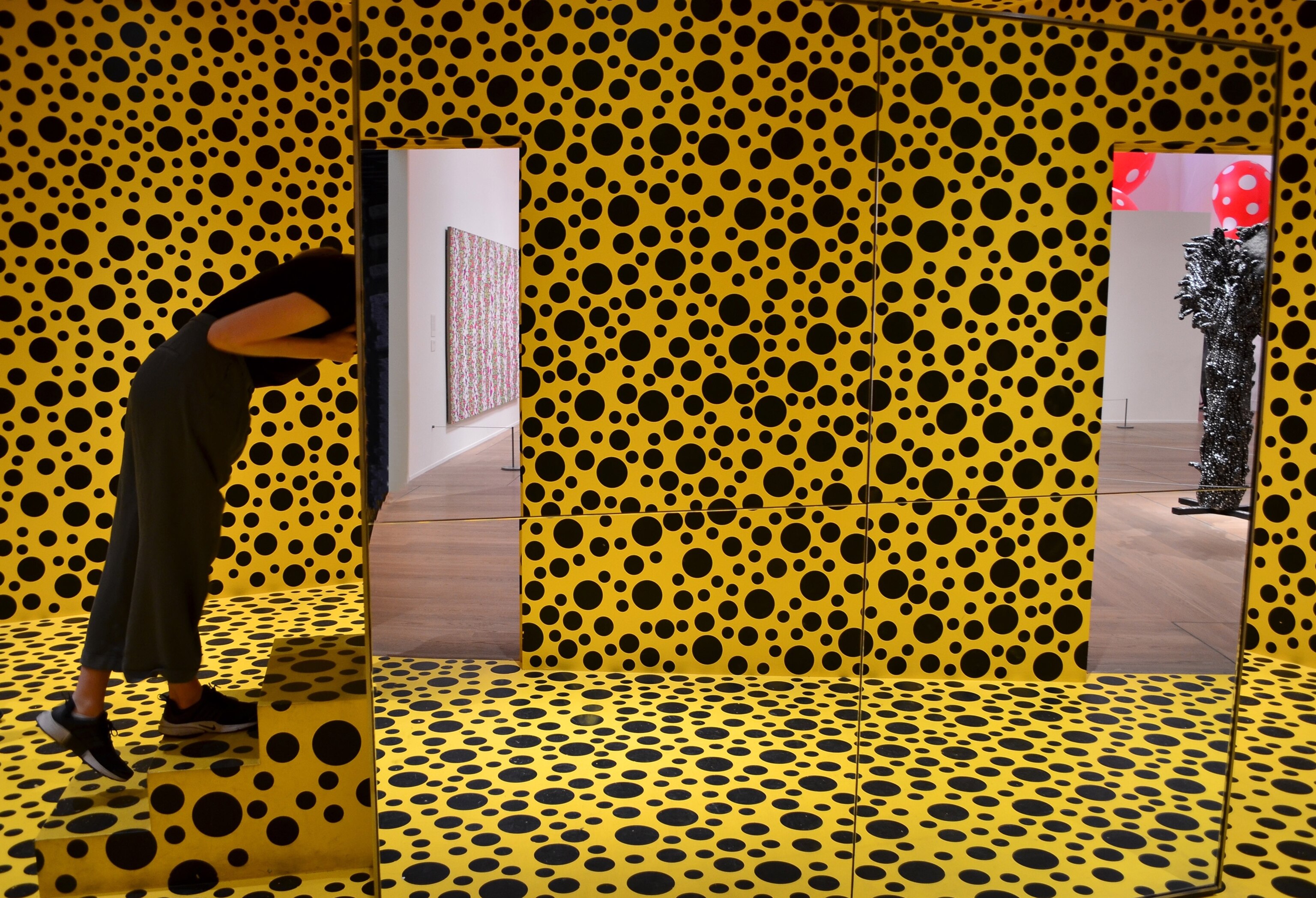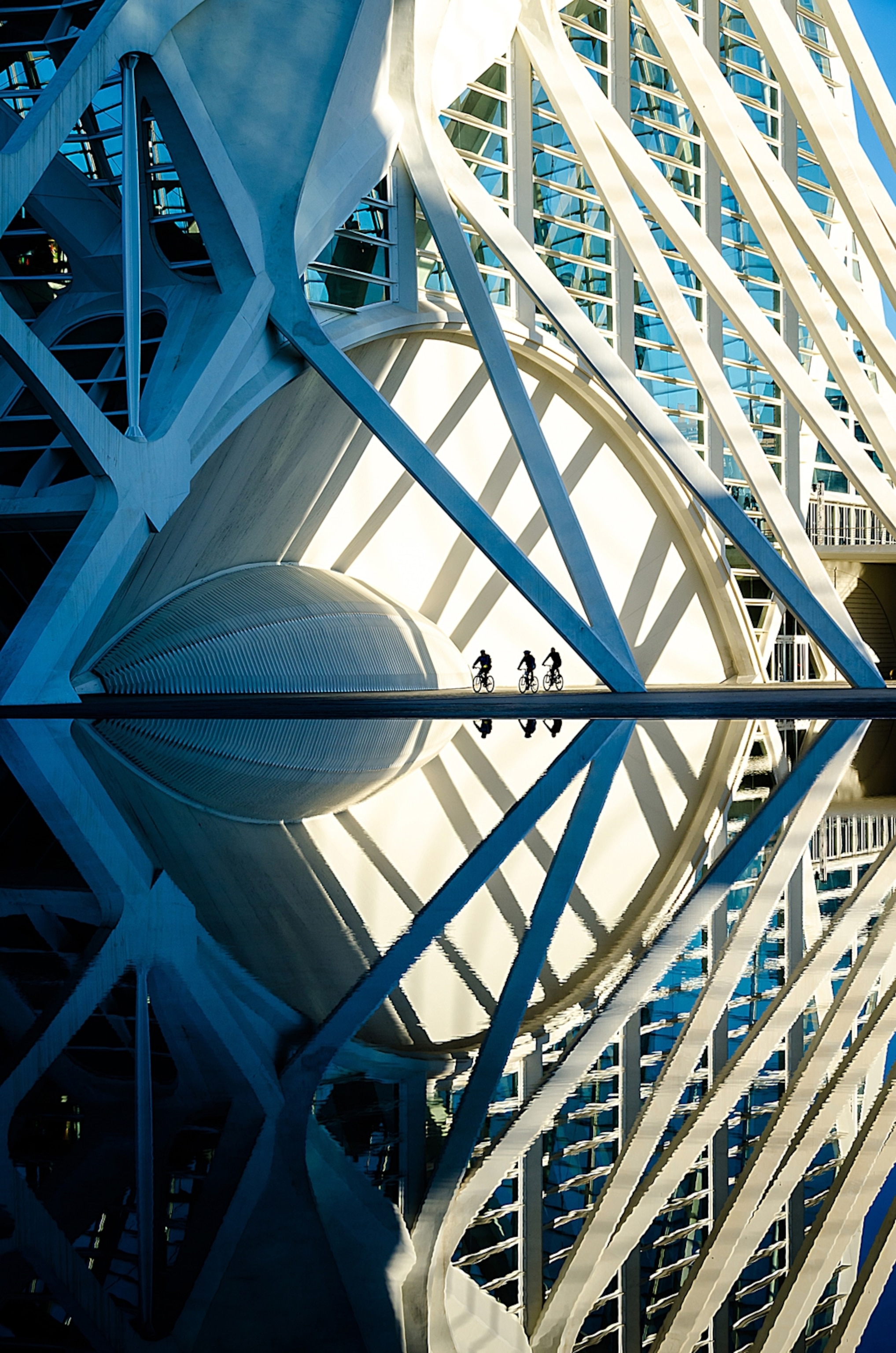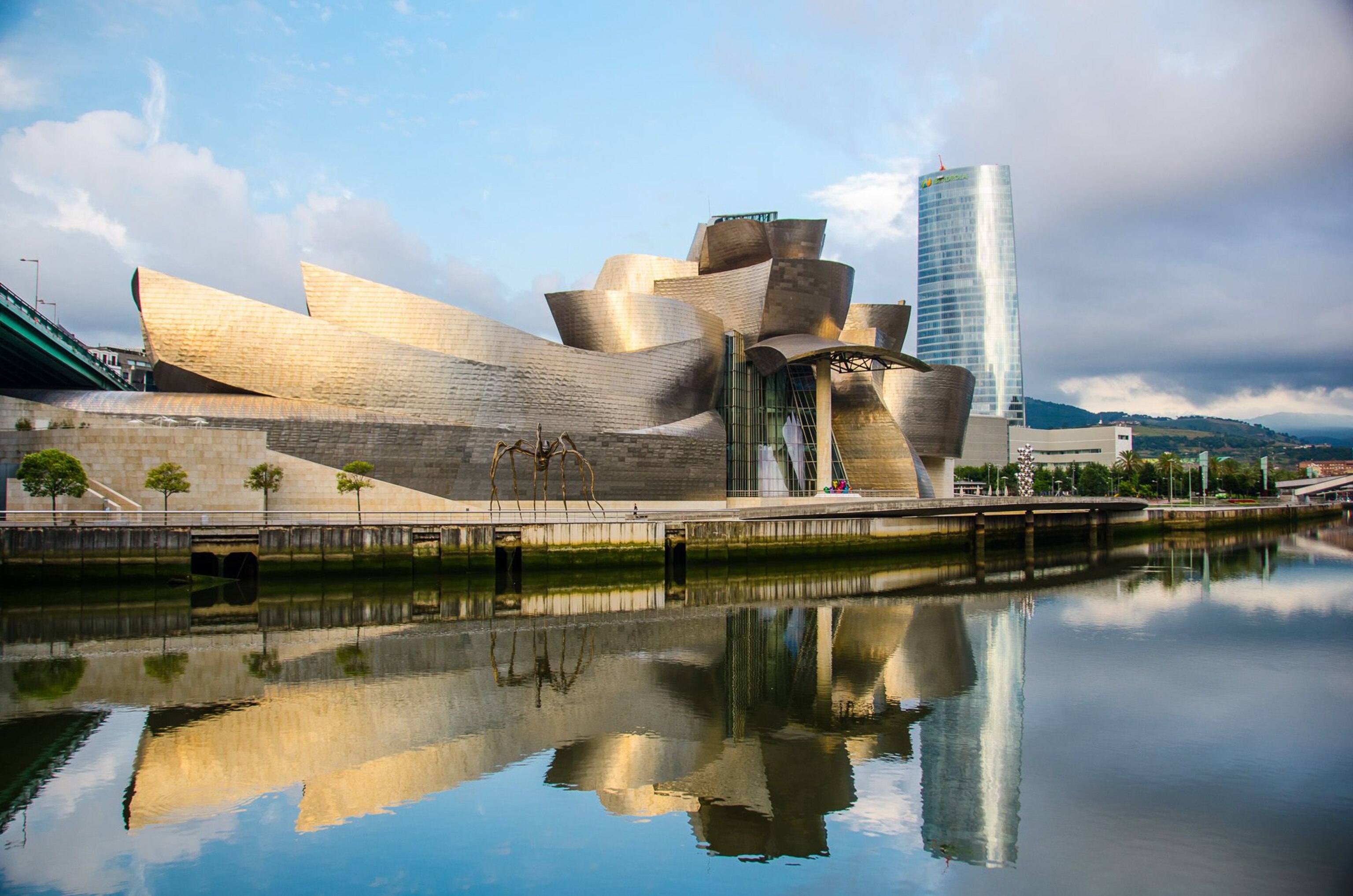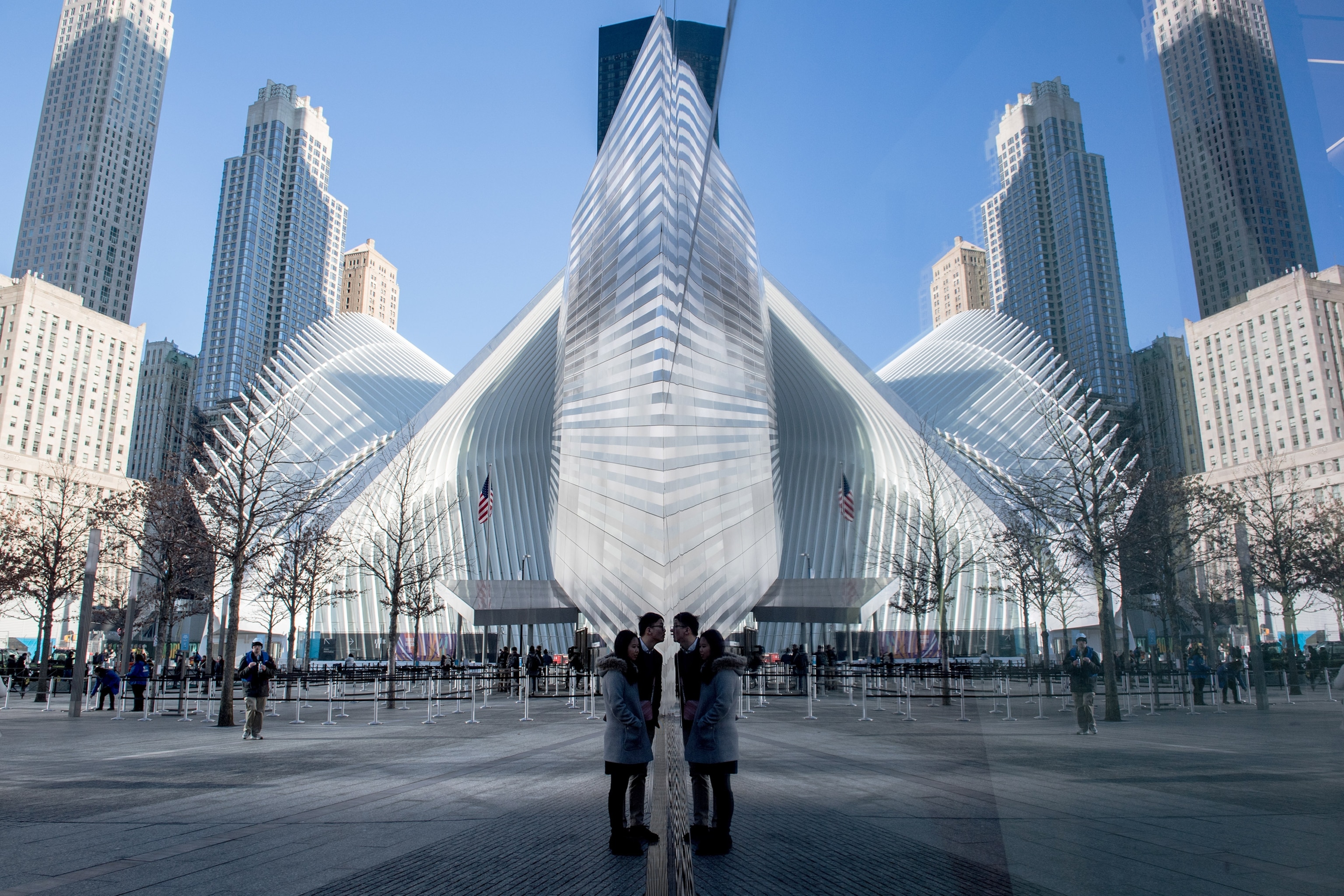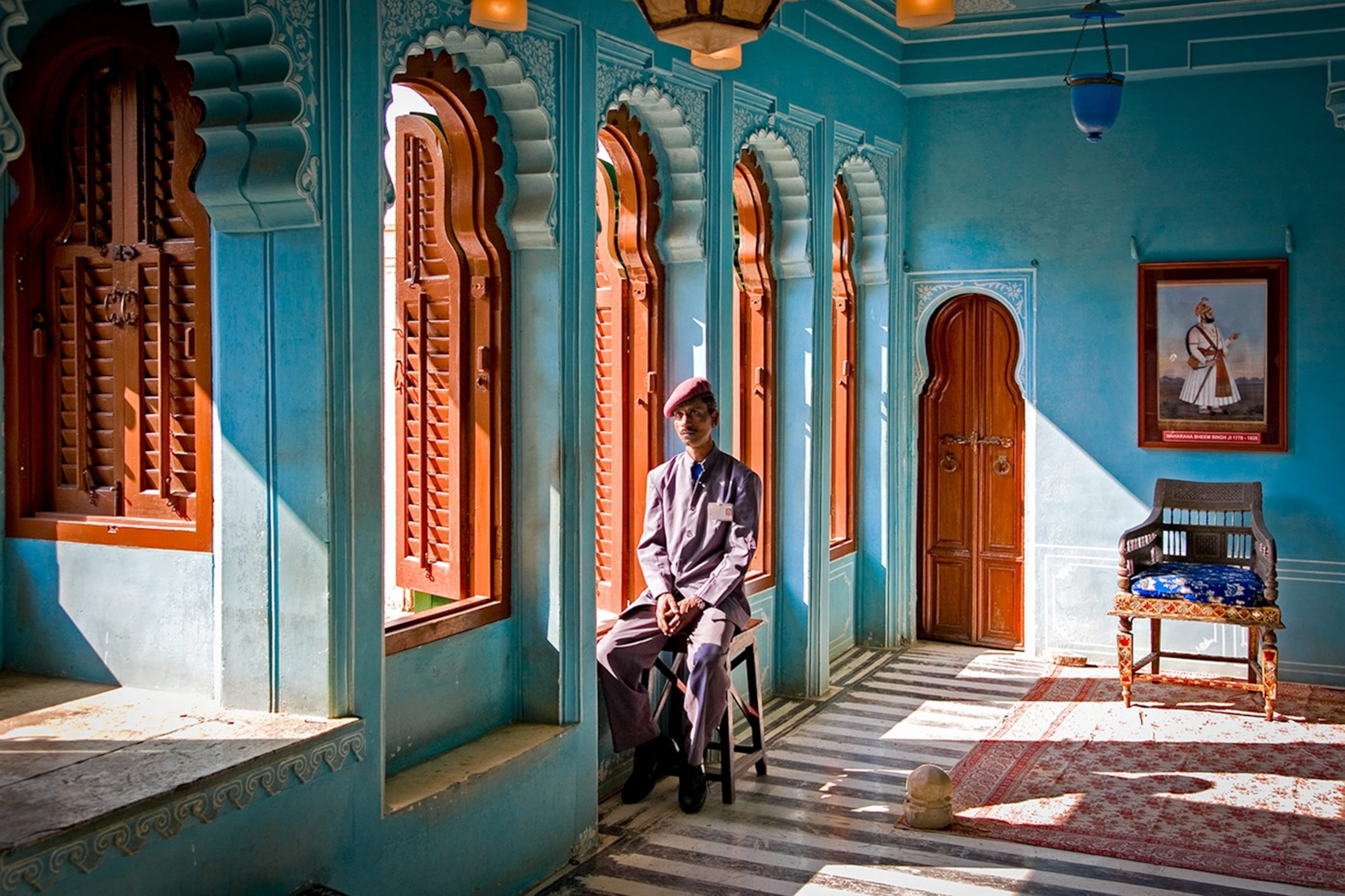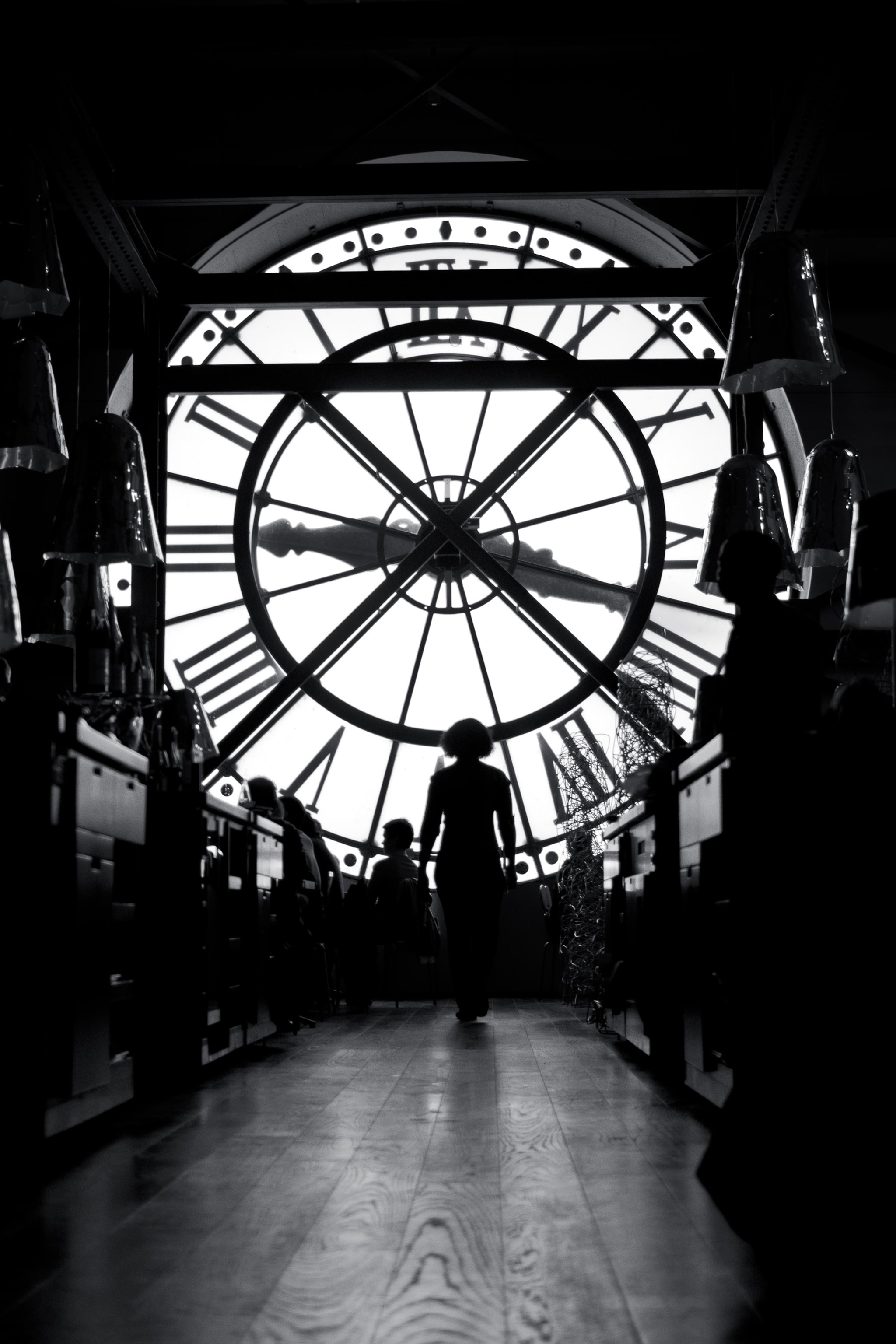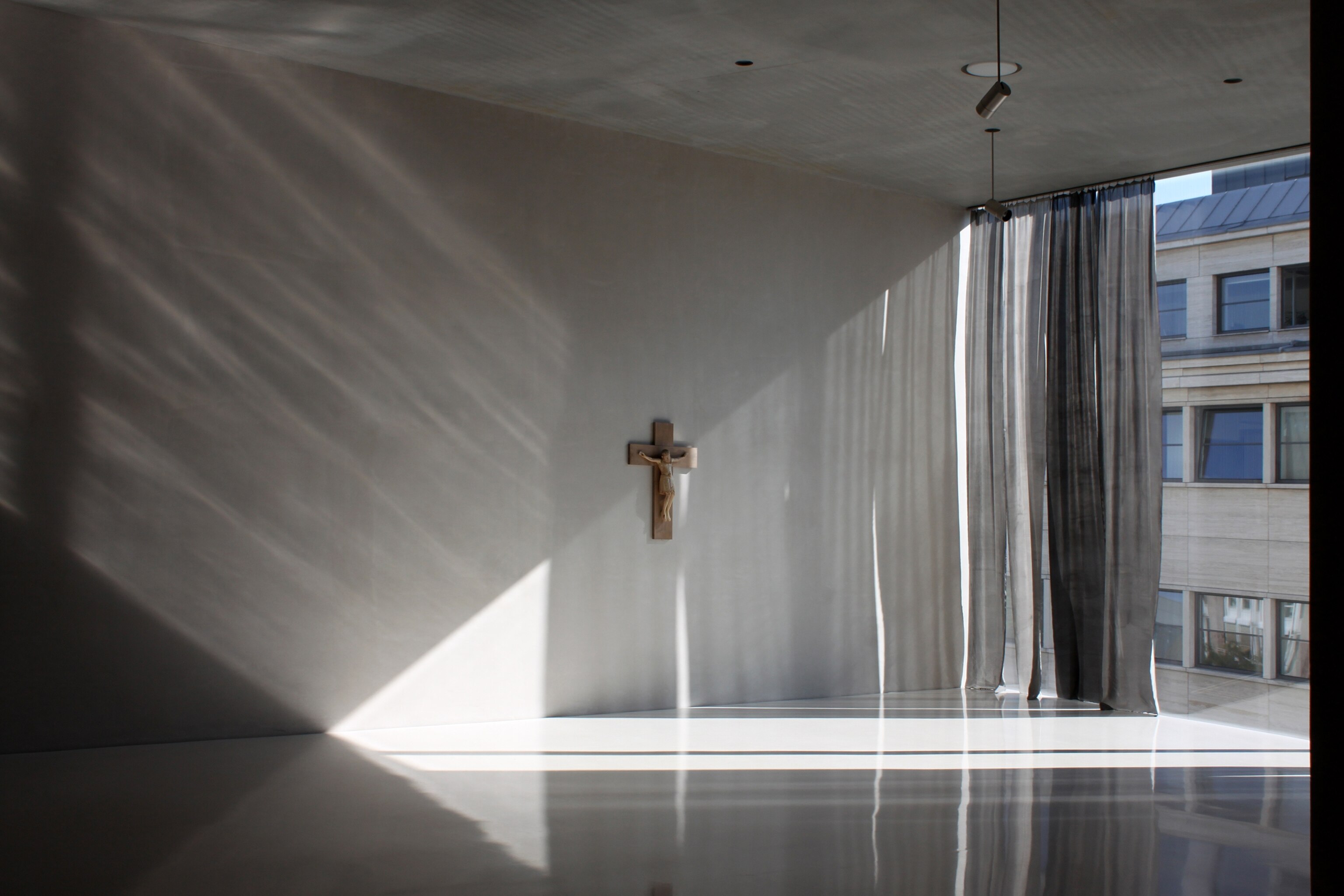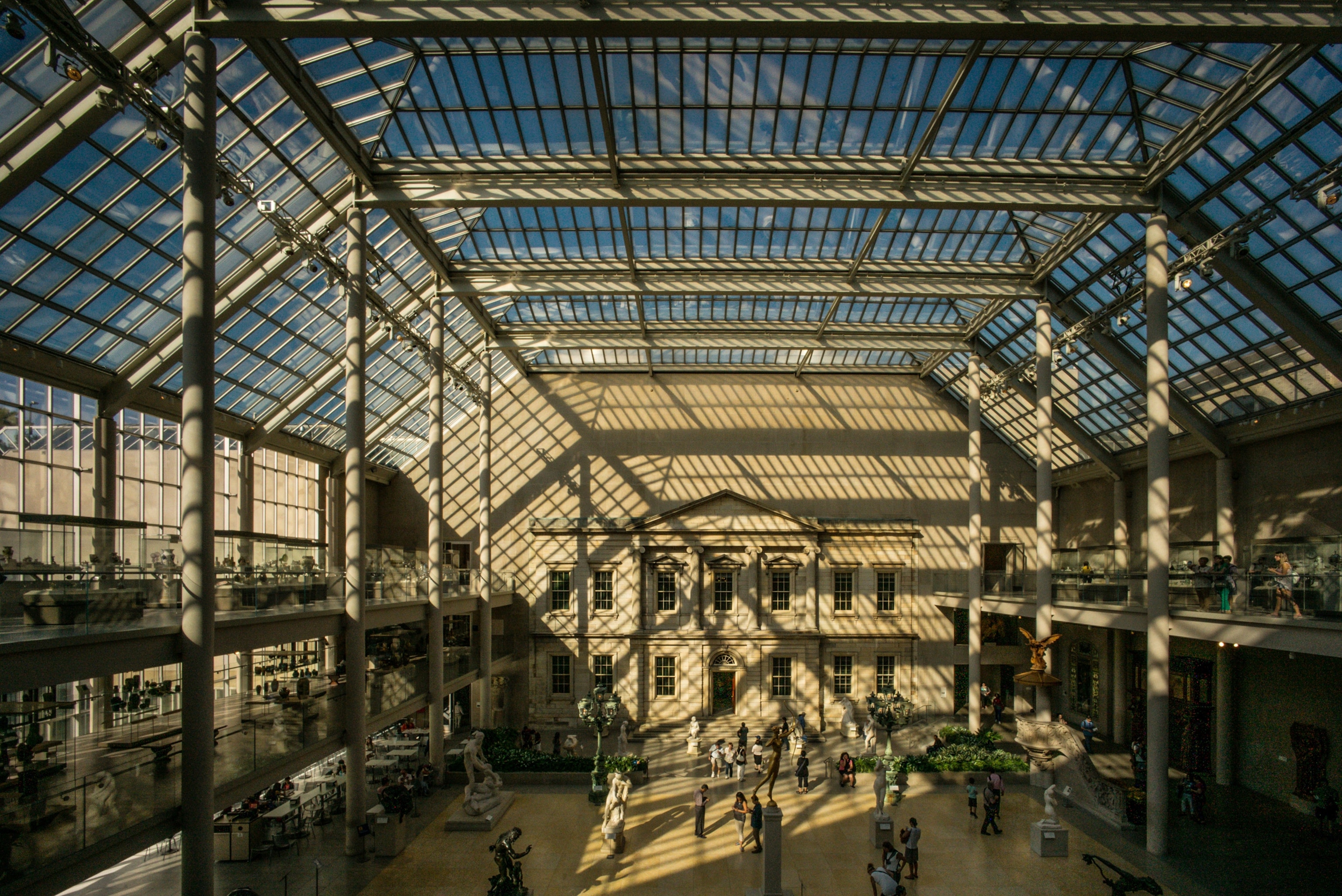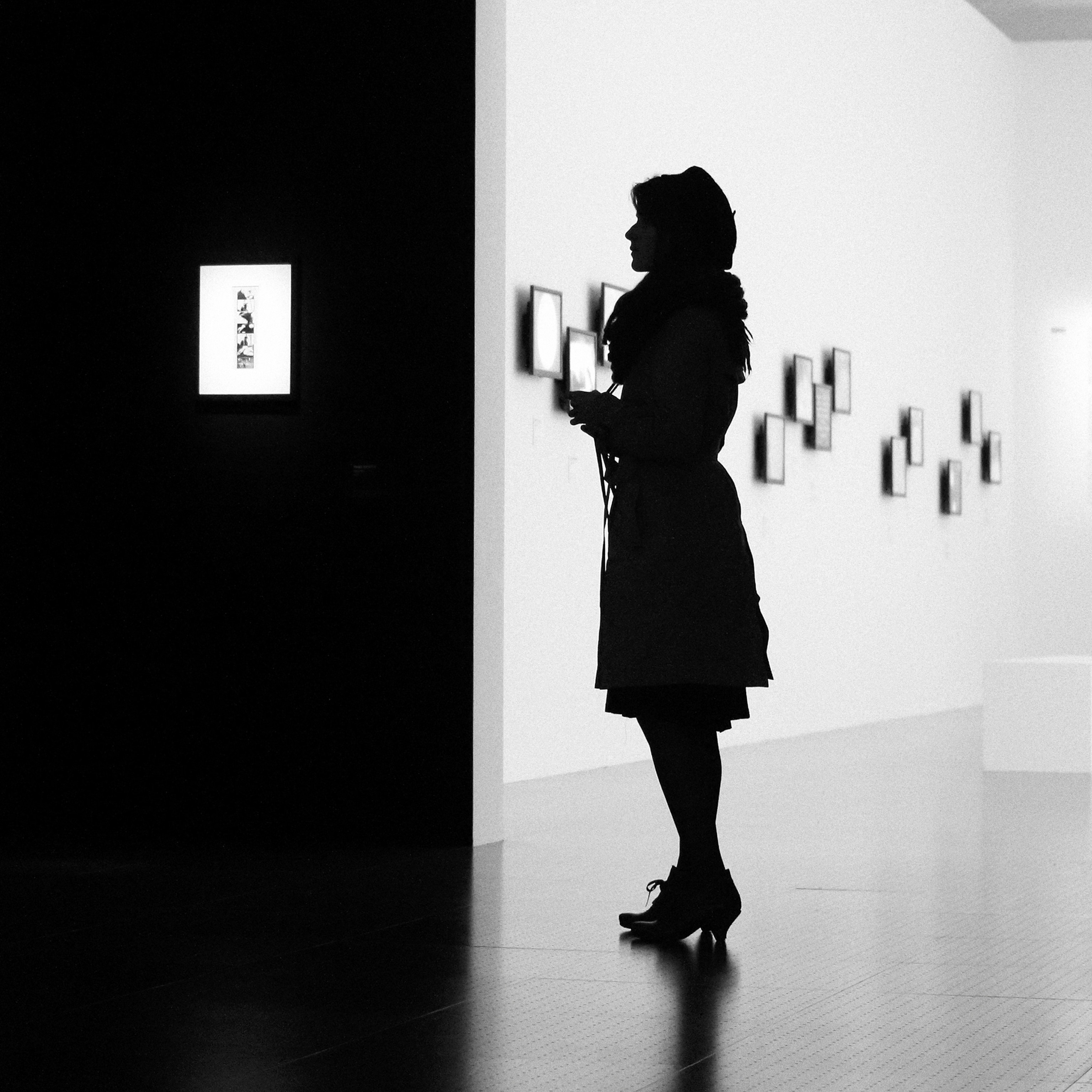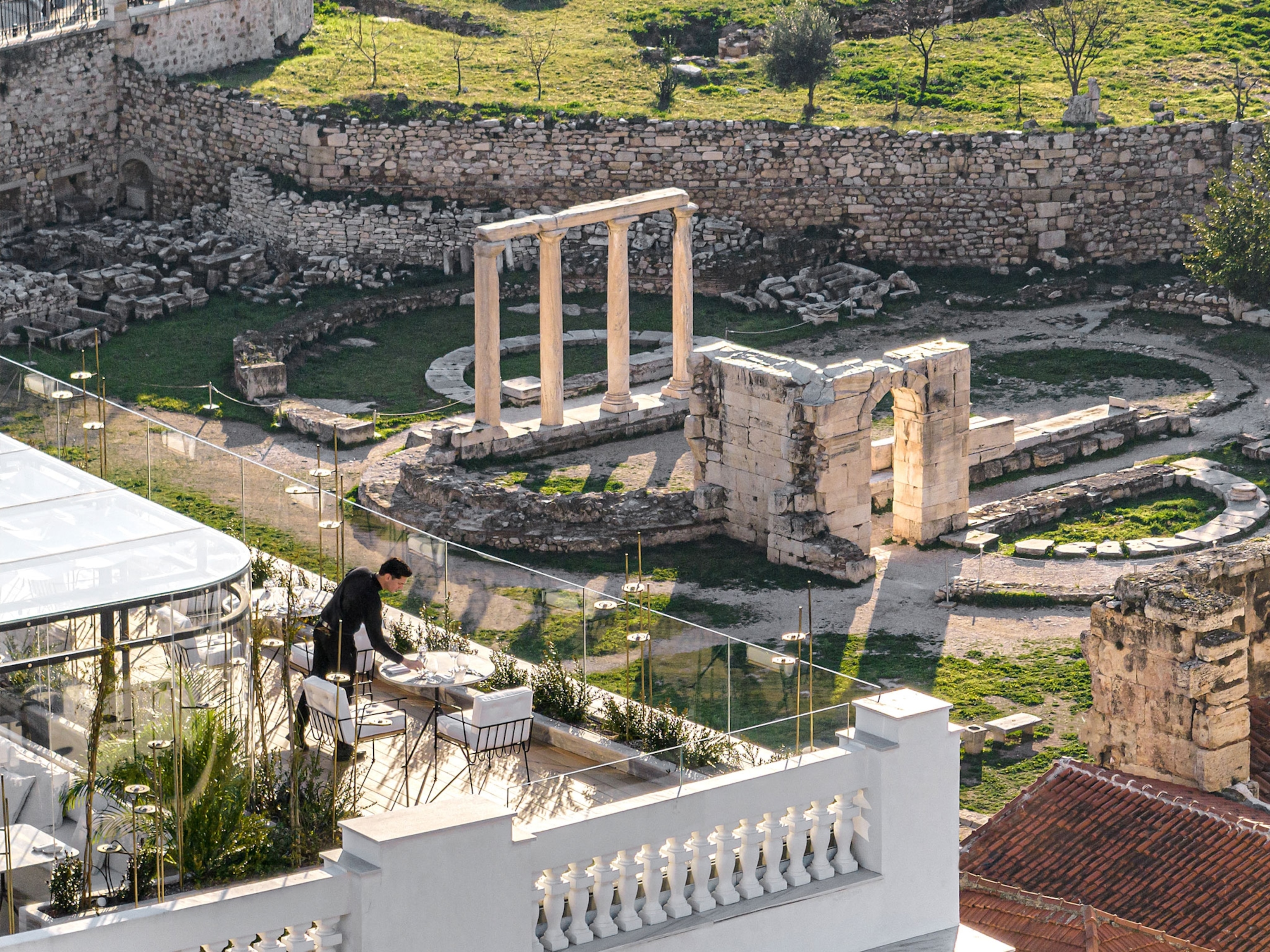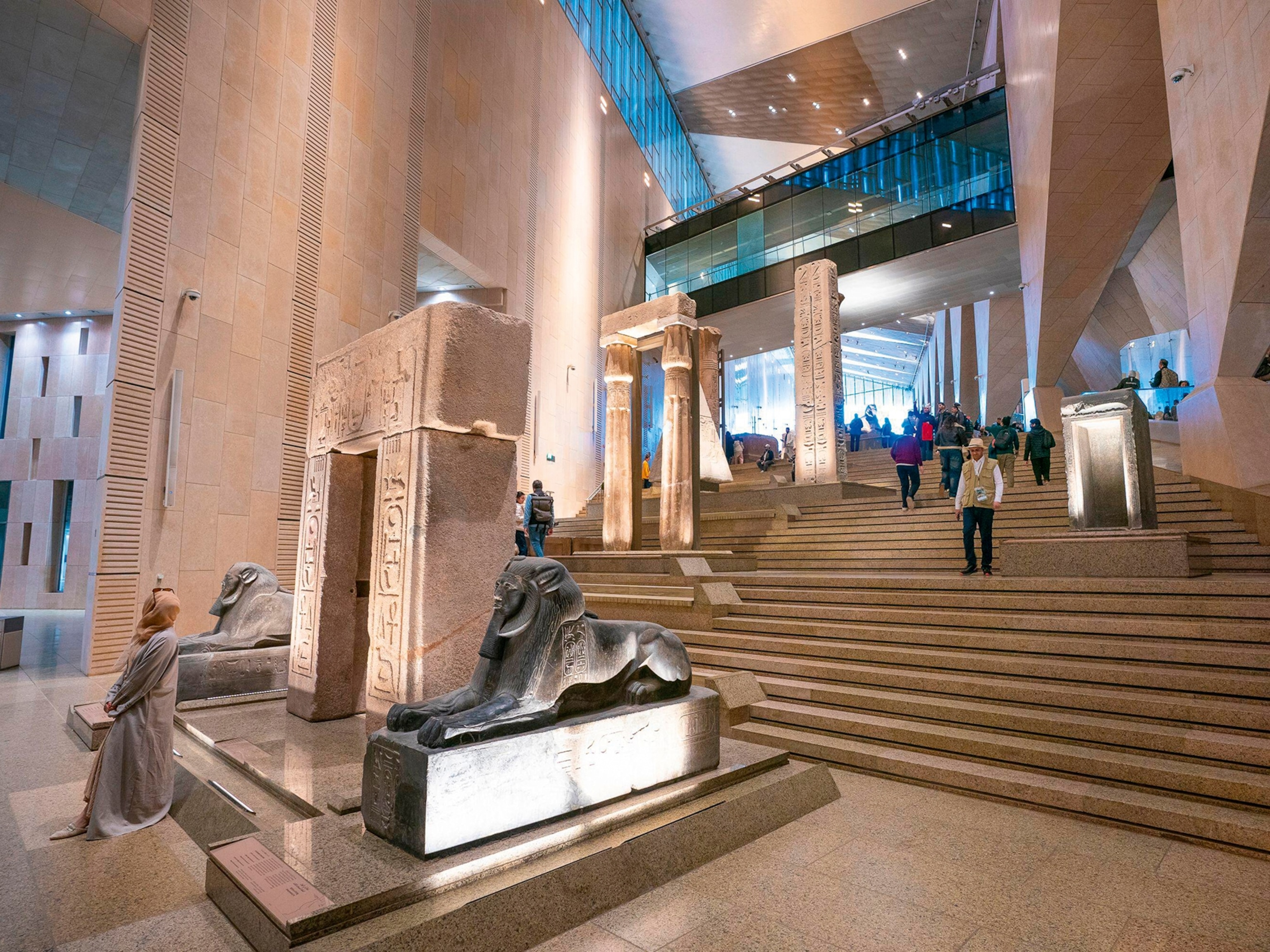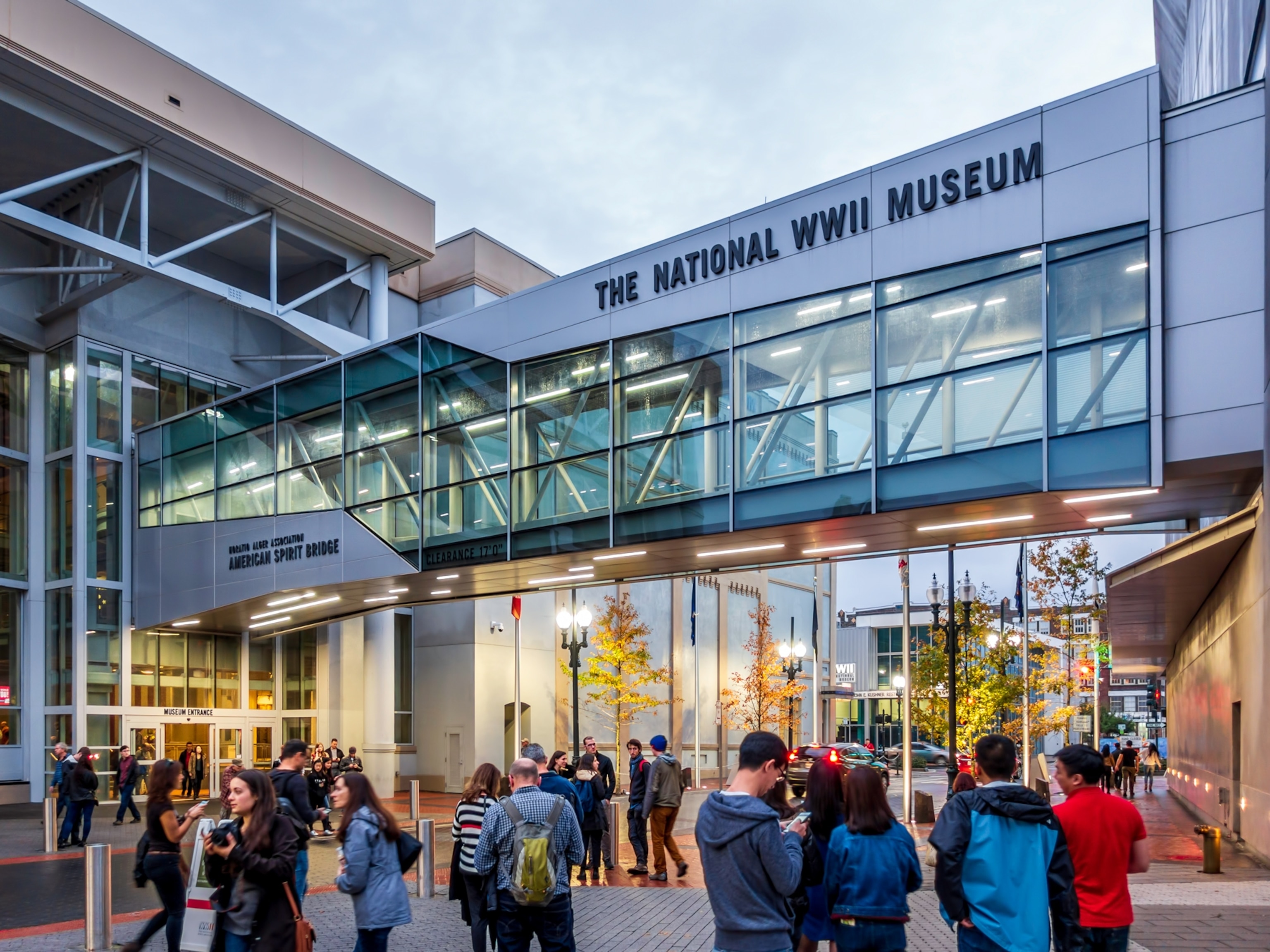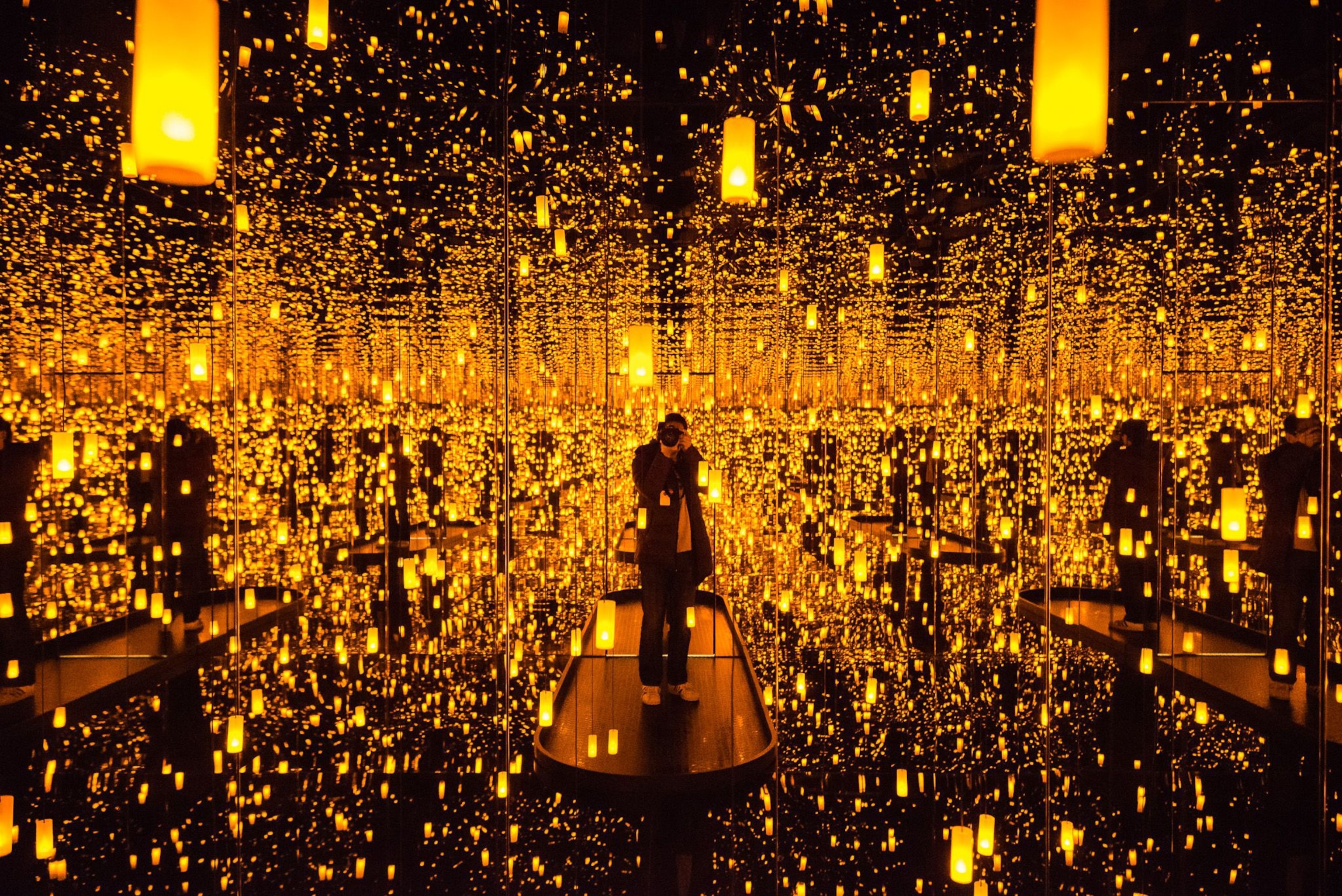
5 tips for taking better photos in a museum
One photo editor shares his advice alongside some favorite photos from museums around the world.
Lines of Instagram-crazed art lovers circled the Smithsonian’s Hirshhorn Museum and Sculpture Garden this spring for the hottest ticket in Washington D.C. Toting cameras and phones, the record-breaking 160,000 visitors arrived for the mesmerizing polka dot paintings and trippy installation rooms of the much-hyped “Yayoi Kusama: Infinity Mirrors” exhibition.
National Geographic’s Your Shot photo community took a photo walk before the museum opened to the crowds. For those who missed the event, take a look at these five tips to bring your museum photos to a whole new level, no matter where you go.
Bring a lens (maybe two)
All set for a photo adventure through a local museum? Before grabbing every camera and lens that you own, think about how much of that gear you actually want to carry. Try packing only one lens, maybe two, including something small like a 35mm or 24-70mm. No need for that bulky 300mm on this trip. Be sure to check for any photography restrictions; most museums have a no flash policy when photographing artwork. You don’t want to be asked to leave because you wanted to brighten up the art with a potentially damaging camera flash.
Look for the people
Watch how visitors are interacting with or viewing the art. Anyone can photograph a famous painting on a wall, but look for more interesting compositions. By focusing on the people in the scene, the image takes on a life of its own. You never know what interesting or humorous results you may get.
Check the architecture
Sometimes museum buildings can be interesting works of art in their own right. Before stepping inside, study the design of the building. Find an interesting perspective and try to capture the personality of the structure. This might involve getting low on the ground or photographing from across the street. Try to work the entire location until you make an photograph you are happy with.
Watch the light
Art exhibitions always have that perfect setting with some beautiful light. Whether large windows let natural light flow through or overhead lighting casts a sharper scene, pay attention. Watch how the light falls onto the artwork, then compose some nice exposures.
Don’t photograph the art
Sure, everyone goes to museums for inspiration. But try to think creatively—don’t just photograph the paintings or sculptures. Find something interesting going on in the room and add it to the frame. Anyone can google an image of the Mona Lisa. Instead, create something that is all your own.
- National Geographic Expeditions
